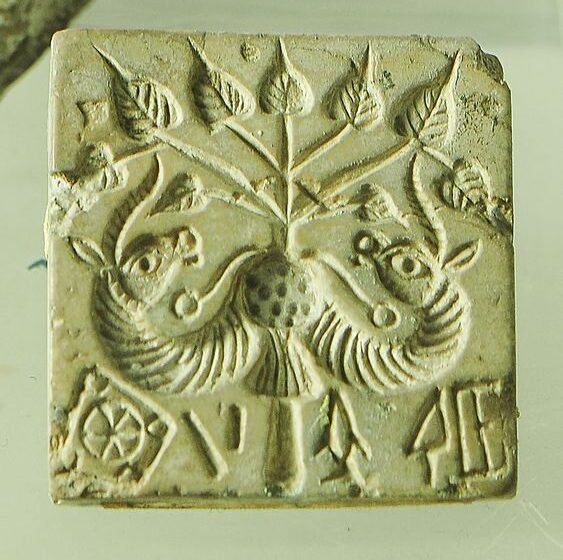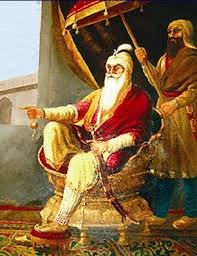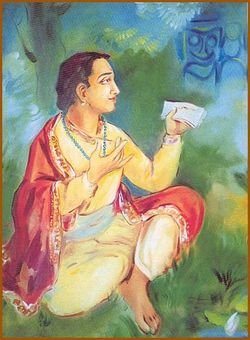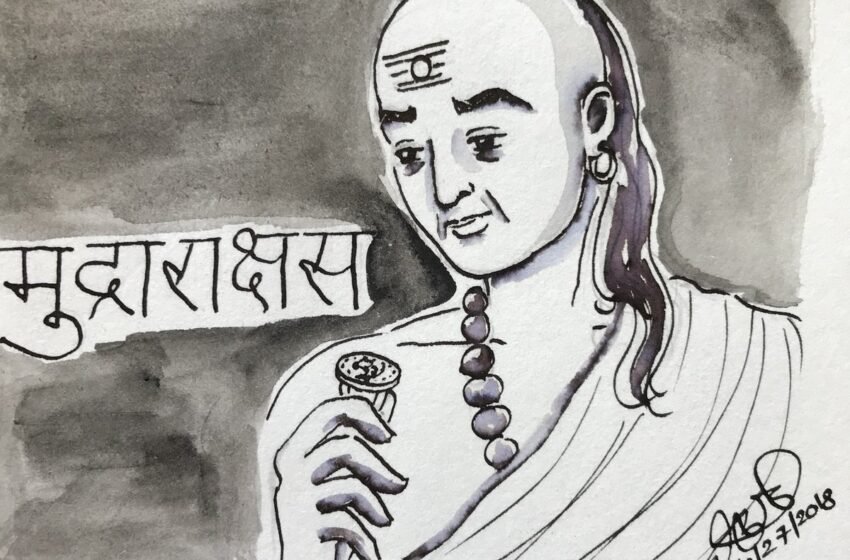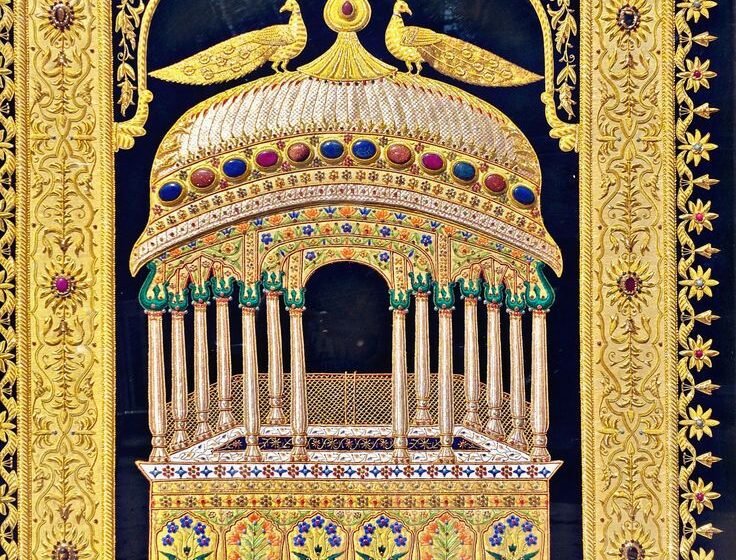Lost Artifacts: Indus Valley Civilisations – Script and Seals
In the 1850s, Chales Masson, a soldier of the East Indian Company was exploring the dusty plains of Punjab when he came across the apparent ruins of an abandoned and forgotten town. It was not until 1920 that the Indian archaeologist, Daya Ram Sahni started excavations and conducted a path-breaking archaeological discovery which finally revealed […]Read More
